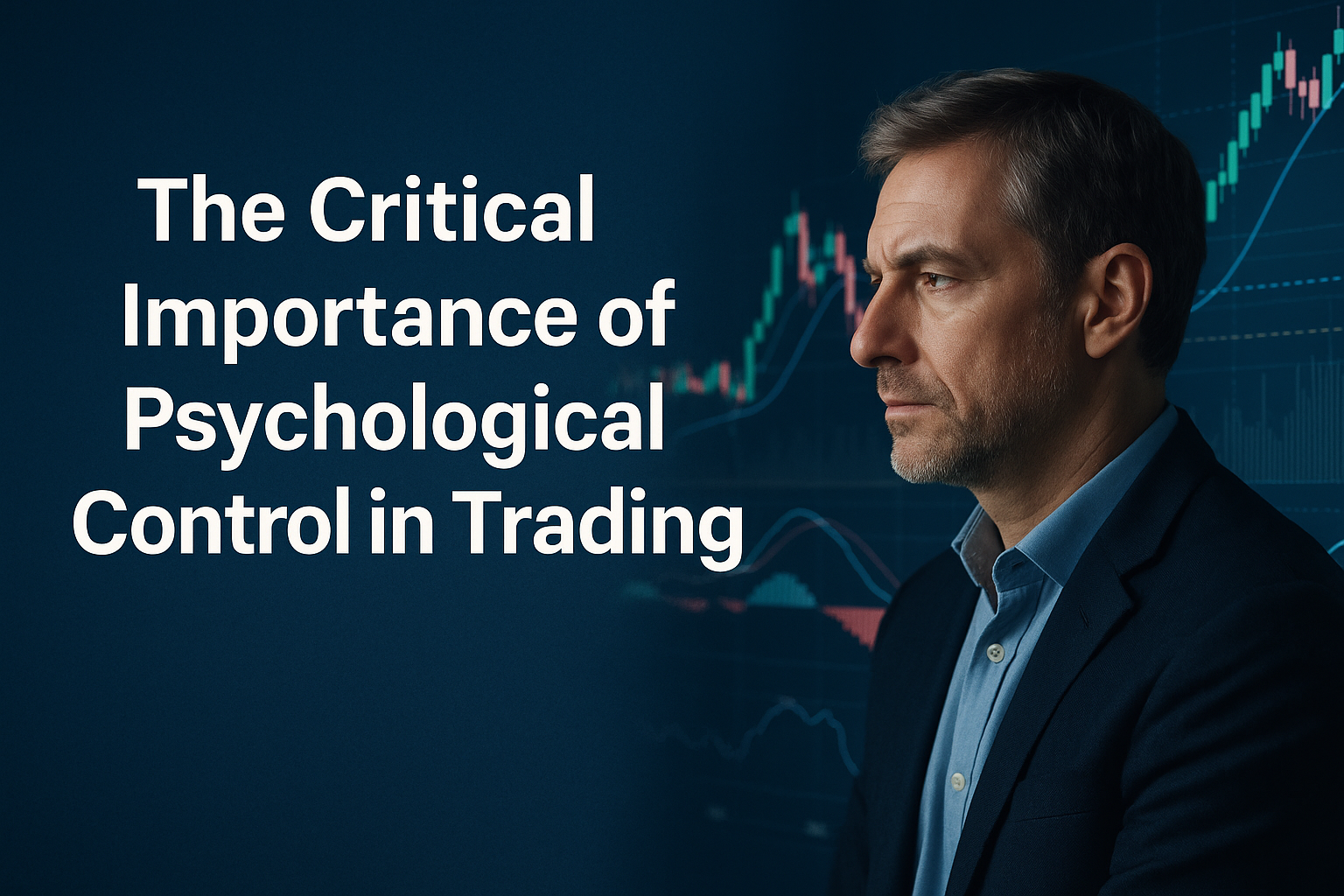
The Crucial Role of Capital Management in Trading
In the fast-paced and unpredictable world of trading, one element remains consistently essential to long-term success: capital management. No matter how effective your strategy or how skilled you are in market analysis, without proper control over your capital, consistent profitability becomes nearly impossible.

What Is Capital Management?
Capital management, also known as risk management, is the practice of strategically controlling how much of your trading capital is risked on each trade. It ensures that you can survive a string of losses and remain in the game long enough to profit from your edge.
Why Capital Management Matters More Than You Think
Many novice traders focus heavily on finding the perfect entry or the best indicator, but they ignore risk. In reality, even with a 50% win rate, a trader can be profitable if losses are kept small and gains are allowed to run. Without capital management, however, one bad trade can wipe out weeks or even months of progress.
Key Principles of Effective Capital Management
- Risk Only a Small Percentage per Trade
Professional traders typically risk 1% or less of their capital on any single trade. This ensures that even a series of losing trades won’t cripple your account. - Set a Daily or Weekly Loss Limit
Know when to walk away. Having a maximum allowable loss per day protects you from emotional decision-making and large drawdowns. - Use Stop-Loss Orders Consistently
A stop-loss isn’t a suggestion—it’s a requirement. It defines the risk before the trade starts and prevents emotional exits. - Position Sizing Is Key
Adjust your position size based on the volatility and risk of each trade. Higher risk trades require smaller size; low-risk trades may allow for more capital allocation. - Diversify When Appropriate
Don’t put all your capital into a single trade or asset. Diversification reduces risk and exposure to a single point of failure. - Track and Review Performance
Always monitor your drawdowns, average risk-to-reward ratio, and risk exposure. These metrics give you insight into how well you’re managing capital.
The Psychological Benefit of Risk Control
Proper capital management also reduces stress. When you know you can withstand a few losses without major damage, you’re more likely to follow your strategy calmly and avoid emotional decisions. Trading becomes a numbers game, not a gamble.
Avoiding the Pitfalls of Poor Capital Management
- Overleveraging is one of the fastest ways to blow an account. Just because you can trade with more doesn’t mean you should.
- Martingale strategies, which involve increasing trade size after losses, can be extremely dangerous.
- Chasing losses often leads to irrational risk-taking, especially without firm rules in place.
Final Thoughts
Capital management is the foundation of sustainable trading. It is what separates professional traders from gamblers. Remember this golden rule: It’s not about how much you make—it’s about how much you keep. With a disciplined approach to managing your capital, even a modest strategy can yield powerful long-term results.



